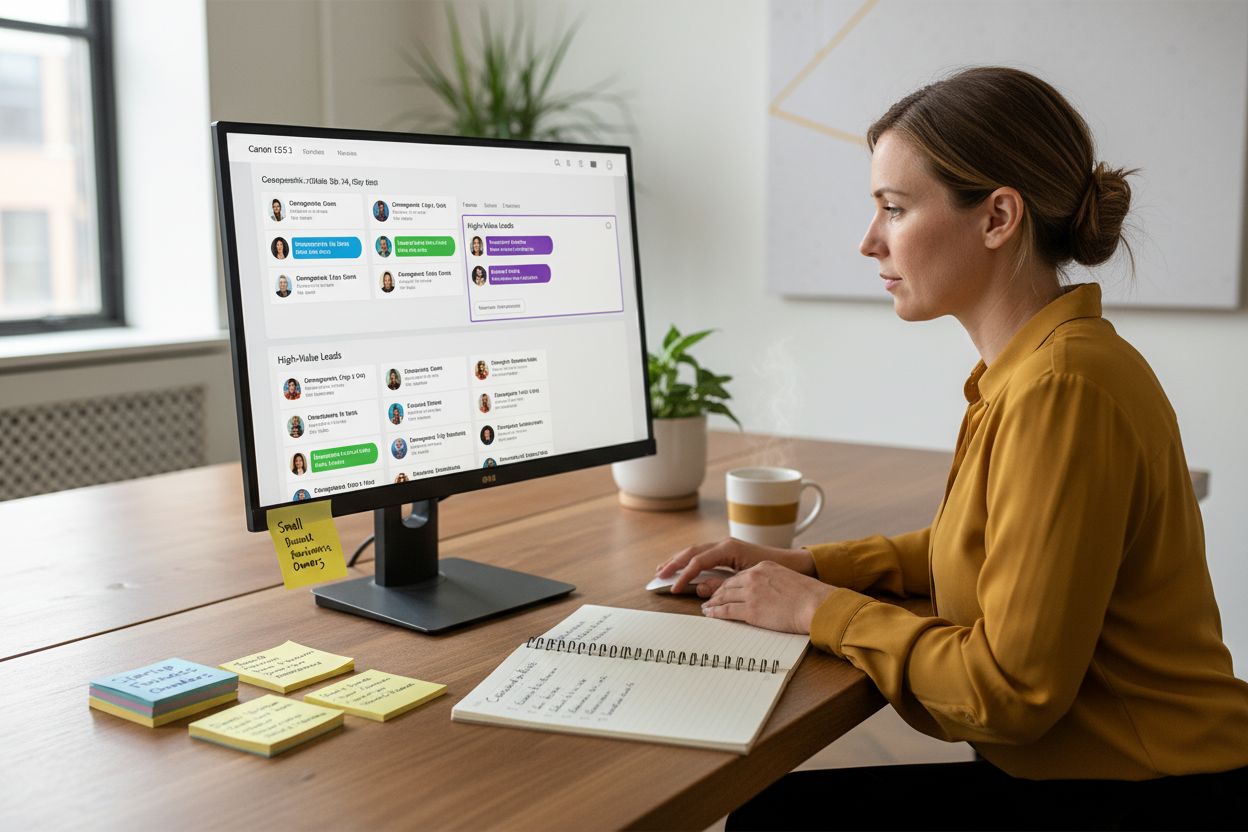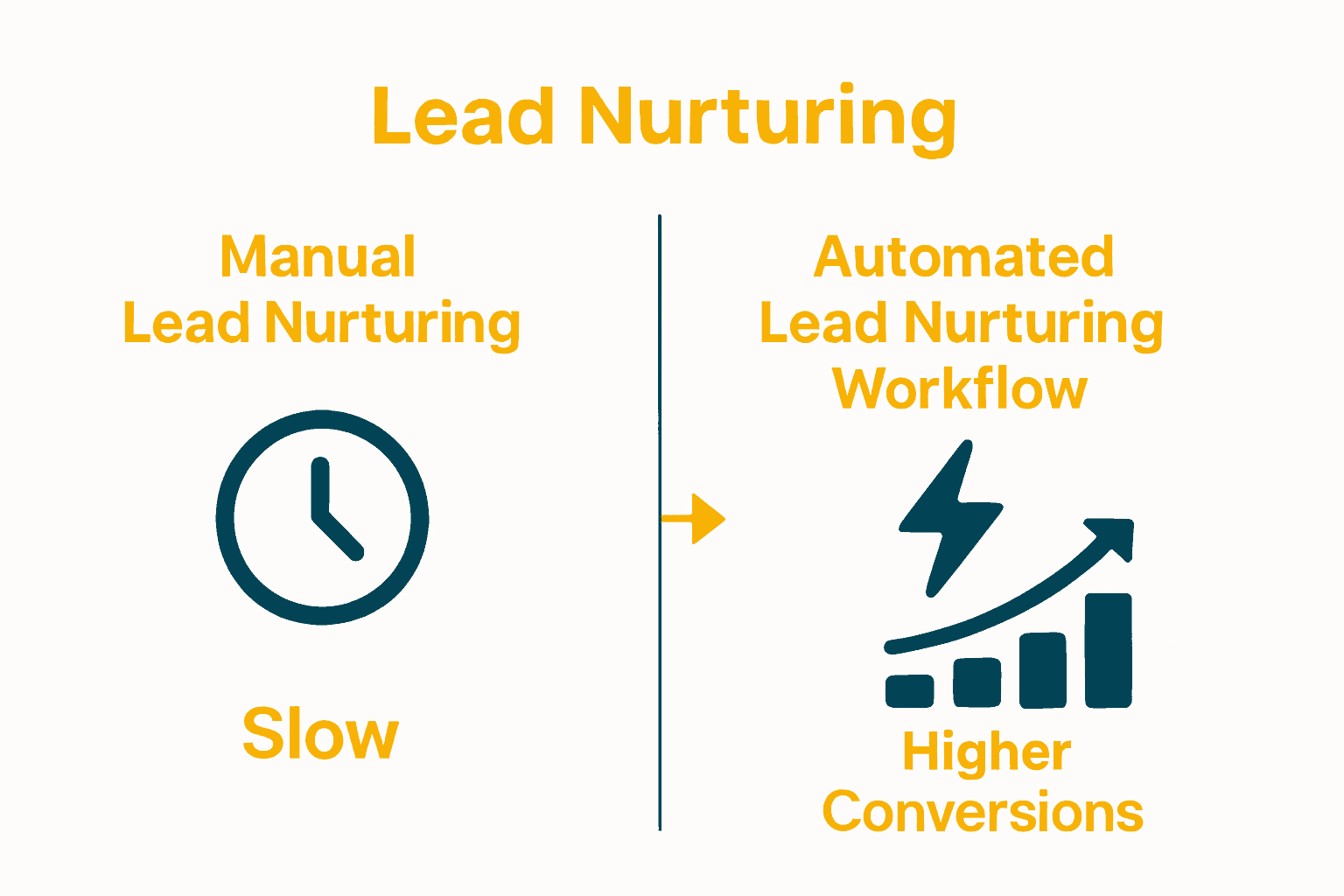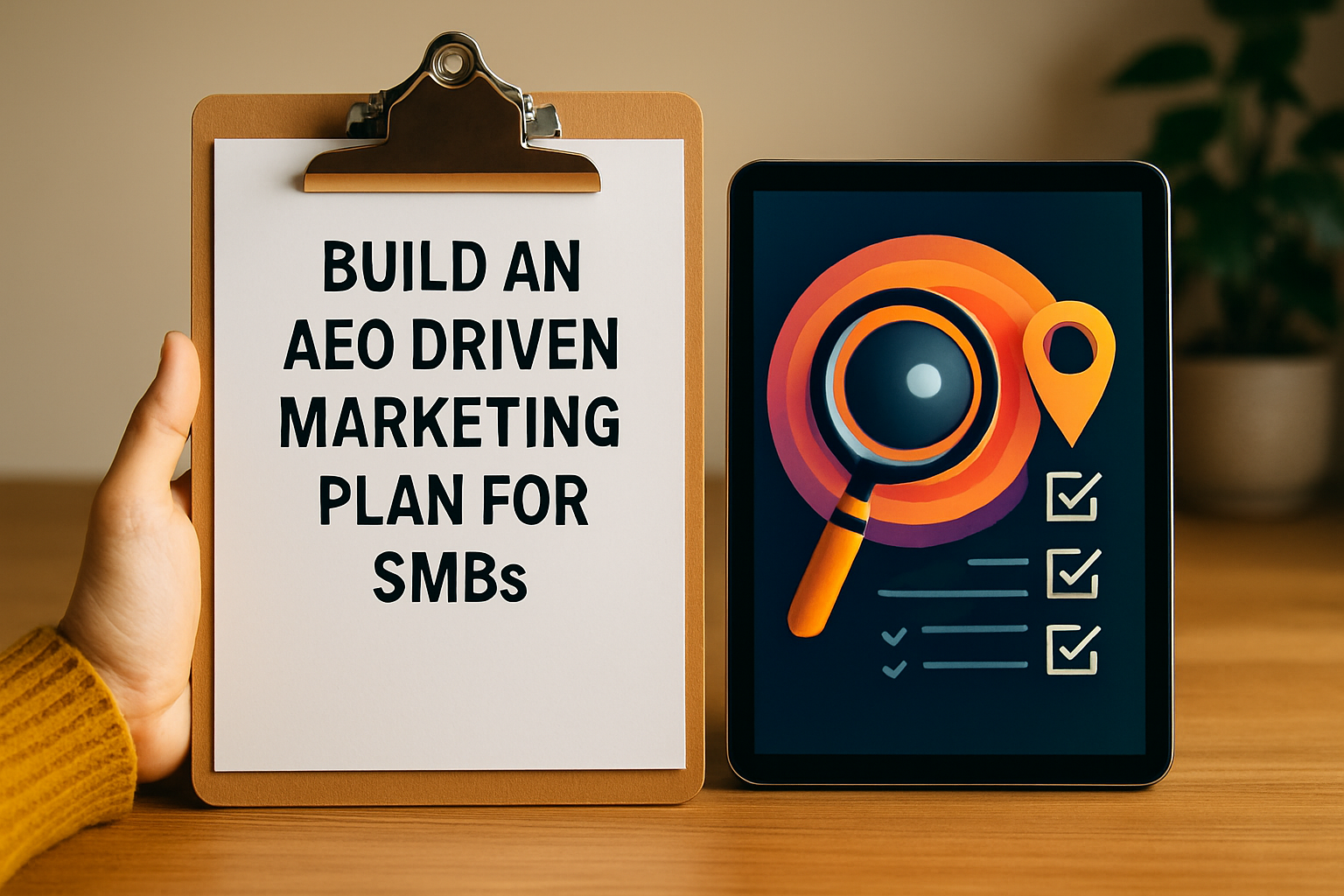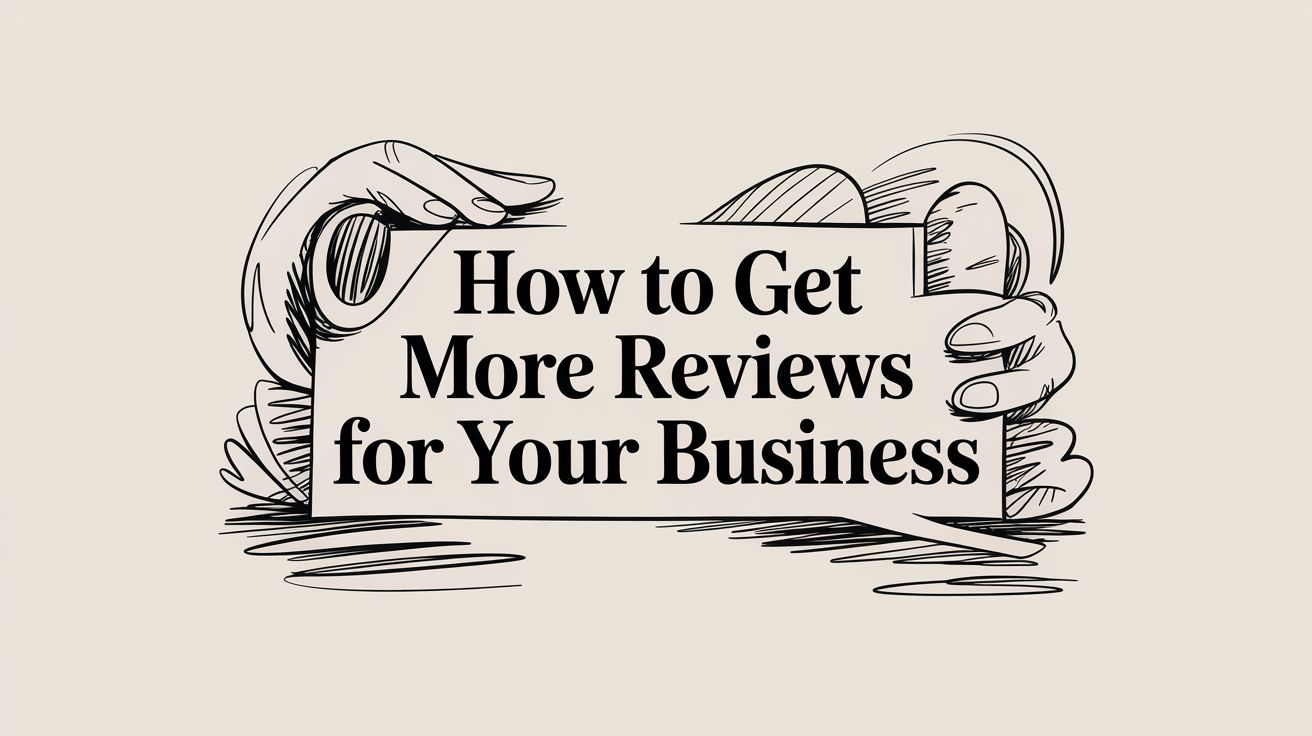Lead Nurturing Workflow for Higher Conversions

Did you know that companies who excel at lead nurturing generate up to 50 percent more sales-ready leads at a 33 percent lower cost? Understanding how to guide potential customers from interest to decision is crucial for marketers facing fierce competition. When you use smart segmentation, personalized messaging, and automation, you can turn every cold lead into a real sales opportunity and build lasting relationships.
Quick Summary
| Key Point | Explanation |
|---|---|
| 1. Segment Leads for Better Targeting | Group leads based on demographics and behaviors to send personalized communications. |
| 2. Use Personalized Email Sequences | Tailor email content to resonate with specific lead segments, enhancing engagement rates significantly. |
| 3. Implement Automated Triggers | Set up triggers that respond to lead actions automatically, ensuring timely and relevant communication. |
| 4. Establish a Lead Scoring System | Assign scores to leads based on their interactions and demographics to prioritize sales efforts effectively. |
| 5. Continuously Monitor and Optimize | Regularly review performance metrics to refine and improve your lead nurturing strategies over time. |
Table of Contents
- Step 1: Identify And Segment Your Leads
- Step 2: Design Personalized Nurturing Sequences
- Step 3: Set Up Automated Communication Triggers
- Step 4: Integrate Lead Scoring And Tracking
- Step 5: Monitor Results And Optimize Workflow
Step 1: Identify and Segment Your Leads
Lead nurturing starts with understanding who your potential customers are and creating strategic groups that receive personalized communication. By effectively segmenting your leads, you can dramatically improve your conversion rates and make your marketing efforts more precise and impactful.
Begin by collecting comprehensive data about your potential customers. This means looking beyond basic demographic information and diving deeper into behavioral patterns and specific interests. According to Pearl Lemon Leads USA, effective segmentation involves analyzing firmographic details, tracking behavioral signals, and understanding each lead’s current position in the sales funnel.
To start segmenting, create categories based on key characteristics. These might include company size for B2B leads, purchasing history for existing customers, engagement level with previous marketing materials, or specific pain points your product solves. The goal is to create meaningful groups that allow you to craft targeted messaging.
Here’s a summary of key segmentation criteria for lead categorization:
| Segmentation Criteria | B2B Example | B2C Example |
|---|---|---|
| Demographics | Industry Company size Location |
Age Gender Income level |
| Behavior | Webinars attended Content downloaded |
Website visits Cart activity |
| Engagement Level | Email opened Event registration |
Email clicks Social media likes |
| Purchase History | Past contract value Renewals |
Previous orders Loyalty status |
| Specific Pain Points | Lack of automation Compliance needs |
Price sensitivity Product features |
Pro Tip: Don’t create too many segments. Start with 3-5 core groups that represent your most significant lead variations.
Utilize your CRM or lead management tool to tag and organize leads systematically. Track interactions like website visits, email opens, content downloads, and webinar attendance.

These digital breadcrumbs provide insights into each lead’s interests and readiness to purchase.
Remember that segmentation is an ongoing process. Regularly review and refine your categories as you gather more data and understand your audience better. What works today might need adjustment tomorrow as market dynamics shift.
In the next step, you’ll learn how to design personalized communication strategies for each of these carefully crafted lead segments that speak directly to their unique needs and challenges.
Step 2: Design Personalized Nurturing Sequences
Now that you’ve segmented your leads, it’s time to craft email sequences that feel like they were written specifically for each individual. Personalized communication isn’t just a nice touch it’s a powerful strategy that can dramatically improve your conversion rates.
Research from eSearch Logix reveals that personalized email sequences can deliver 6× higher transaction rates compared to generic messages. This means your nurturing strategy needs to go beyond using a lead’s first name in the greeting.
Start by mapping out a workflow that matches each segment’s unique journey. For your B2B technology leads, your sequence might focus on technical challenges and ROI. For service-based leads, you’ll want to emphasize transformation and results. The key is creating a narrative that speaks directly to each group’s specific motivations and pain points.
According to OKZest, personalization extends beyond text. Consider using dynamic visuals like images with the lead’s company logo or name. These attention grabbing elements are particularly effective in welcome sequences and can make your communication feel more intimate and tailored.
Pro Tip: Use behavior triggered emails that respond to specific actions. If someone downloads a whitepaper about sales automation, your next email should dive deeper into that topic.
Create a logical progression in your email sequence. Start with broad value building content, then gradually introduce more specific solutions. Your first email might offer an industry insights report. The second could showcase a relevant case study. The third might introduce your specific solution.
Track and measure the performance of each sequence. Which emails get opened? Where do leads click? Use these insights to continually refine your approach. Nurturing is an adaptive process where you’re always learning and improving.
In the next step, you’ll discover how to set up automated triggers that make these personalized sequences run smoothly without constant manual intervention.
Step 3: Set Up Automated Communication Triggers
Automated communication triggers transform your lead nurturing from passive outreach to a responsive intelligent system that feels personal and timely. Think of these triggers as digital assistants working 24/7 to engage your leads at precisely the right moment.
According to Lead Flow Manager, behavioral trigger campaigns allow you to automatically respond to specific lead actions instead of sending generic mass communications. This means your system can detect nuanced interactions and react instantly.
Start by identifying key trigger points in your customer journey. These might include website page visits, content downloads, email link clicks, or specific engagement milestones. Your CRM or marketing automation platform should allow you to set up rules that launch predefined email sequences based on these actions.
For example, if someone downloads a guide about social media marketing, your system could automatically send a follow up email with a related case study. If a lead visits your pricing page multiple times but doesn’t purchase, trigger an email with a special offer or consultation opportunity.
Pro Tip: Map out your trigger scenarios in advance. Create a spreadsheet detailing specific actions and corresponding automated responses to ensure comprehensive coverage.
Consider creating multiple trigger categories. Some might be immediate like welcome emails after signup. Others could be time delayed such as re-engagement sequences for leads who haven’t interacted in 30 days. The key is creating a flexible system that feels responsive without being overwhelming.
Regularly review and optimize your trigger workflows. Watch for patterns in lead behavior and adjust your automated sequences accordingly. An effective trigger system learns and improves over time.
In the next step, you’ll explore how to craft compelling content that makes these automated triggers feel genuinely helpful and personalized.
Step 4: Integrate Lead Scoring and Tracking
Lead scoring transforms your nurturing strategy from a guessing game to a precise science. By assigning numerical values to your leads based on their behaviors and characteristics, you can quickly identify which prospects are most likely to convert and deserve immediate attention.
According to Wikipedia’s definition of lead scoring, this approach ranks prospects by combining explicit data like company size and job title with implicit behavioral signals such as website visits and content downloads. Think of it like creating a report card for your potential customers.
Start by establishing a scoring framework that combines different types of information. Research from Pearl Lemon Leads USA suggests tracking engagement signals like email opens, page visits to intent pages, and demographic fit to create a comprehensive lead rating system.
Assign point values to different actions and attributes. A download of a bottom of funnel white paper might be worth more points than a blog post view. A lead from an enterprise company might automatically score higher than one from a small startup. The goal is creating a nuanced system that reflects real world buying signals.
Pro Tip: Start simple. Begin with 5 10 core scoring criteria and refine over time rather than creating an overly complex system from the start.
Implement a clear threshold for sales readiness. Decide what total score indicates a lead should be passed to your sales team. This prevents your team from wasting time on low potential prospects and ensures hot leads get immediate attention.
Regularly calibrate your scoring model by comparing the scores of actually converted leads against your existing framework. Your lead scoring should evolve as you learn more about what truly drives conversions in your specific business.
In the next step, you’ll learn how to design follow up strategies that match each lead’s unique scoring profile and move them closer to a purchase decision.
Step 5: Monitor Results and Optimize Workflow
Your lead nurturing workflow isn’t a set it and forget it system.

It’s a living strategy that requires constant attention and refinement. Tracking performance metrics helps you understand what’s working and where you can improve your approach.
According to Nurture Machines, successful optimization relies on comprehensive data tracking. This means looking beyond surface level metrics and diving deep into how leads interact with your content and communication.
Start by establishing key performance indicators that matter most to your business. These might include email open rates, click through rates, time spent on specific landing pages, conversion values, and ultimately sales generated from your nurturing sequences. Each metric tells a piece of the story about how effectively you’re moving leads through your funnel.
Utilize tools that provide visual insights into lead behavior. Heat maps can show exactly where people click on your emails and web pages. A/B testing different email headlines, layouts, and content can reveal surprising insights about what resonates with your audience.
Pro Tip: Set up monthly review sessions where you critically examine your nurturing workflow performance. Treat these as strategic meetings not just data reviews.
Don’t just collect data analyze it with a critical eye. Look for patterns. Are certain segments responding better than others? Do specific types of content trigger more engagement? Your goal is continuous incremental improvement that compounds over time.
Remember that optimization is an ongoing process. What works today might need adjustment tomorrow. Stay curious. Stay flexible. Let your lead nurturing workflow evolve with your understanding of your customers.
With these strategies in place, you’re now equipped to create a lead nurturing system that feels personal, responsive, and incredibly effective at moving prospects toward becoming loyal customers.
Ready to Transform Your Lead Nurturing Into Measurable Conversions?
Struggling to turn segmented leads and personalized email sequences into real customers? You are not alone. Many service businesses find their workflows get bogged down by too many manual steps, inconsistent follow-ups, and missed sales opportunities. The guide on optimizing lead nurturing touches on pain points like keeping leads engaged, personalizing outreach, tracking behaviors automatically, and knowing when a prospect is truly sales-ready. If any of these challenges sound familiar, it may be time to experience the difference of streamlined automation and real-time insights.

Let Authority Echo do the heavy lifting for you. Our all-in-one platform combines AI-driven lead scoring, behavioral triggers, automated nurturing sequences, and smart calendar integration. Watch your conversion rates climb as every lead receives custom communication and your team saves hours each week. Take the next step now by visiting the Authority Echo home page and discover how you can eliminate busywork and focus on meaningful growth. Start today to see faster payments, more conversions, and loyal clients with every workflow.
Frequently Asked Questions
How can I effectively segment my leads for higher conversions?
Segmentation is achieved by categorizing leads based on key characteristics such as demographics, behavior, and specific pain points. Begin by identifying 3-5 core segments and use your CRM to tag and organize these leads to enhance your targeted messaging.
What steps should I take to design personalized nurturing sequences?
To create effective nurturing sequences, first map out the unique journey for each segment. Focus on building a narrative that addresses each group’s specific challenges, and consider incorporating dynamic visuals to make the emails more engaging for recipients.
How can I set up automated communication triggers in my lead nurturing process?
Identify key trigger points like website visits or content downloads, then set up rules in your marketing automation platform to launch email sequences based on these actions. This automation allows you to respond promptly to lead engagement, enhancing personalization and relevance.
What is lead scoring and how does it improve my nurturing strategy?
Lead scoring quantifies leads based on their characteristics and behaviors, helping identify prospects ready for immediate attention. Establish a scoring framework by assigning point values to different actions, and adjust this model regularly based on the conversion outcomes you observe.
How can I monitor and optimize my lead nurturing workflow?
Regularly track key performance indicators such as email open rates and conversion values to measure the effectiveness of your nurturing strategies. Schedule monthly reviews to analyze these metrics, allowing you to make data-driven decisions for continuous improvement over time.
What types of content should I include in my nurturing sequences?
Include a mix of value-driven content such as industry insights, case studies, and specific solutions tailored to your lead segments’ needs. Start with broad topics and gradually introduce more focused content to guide leads through your sales funnel effectively.




